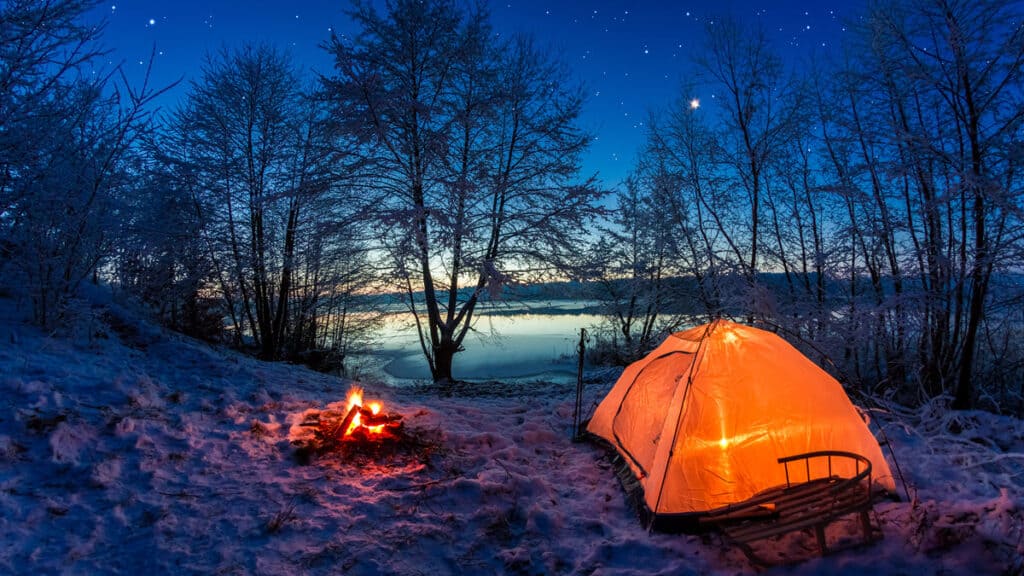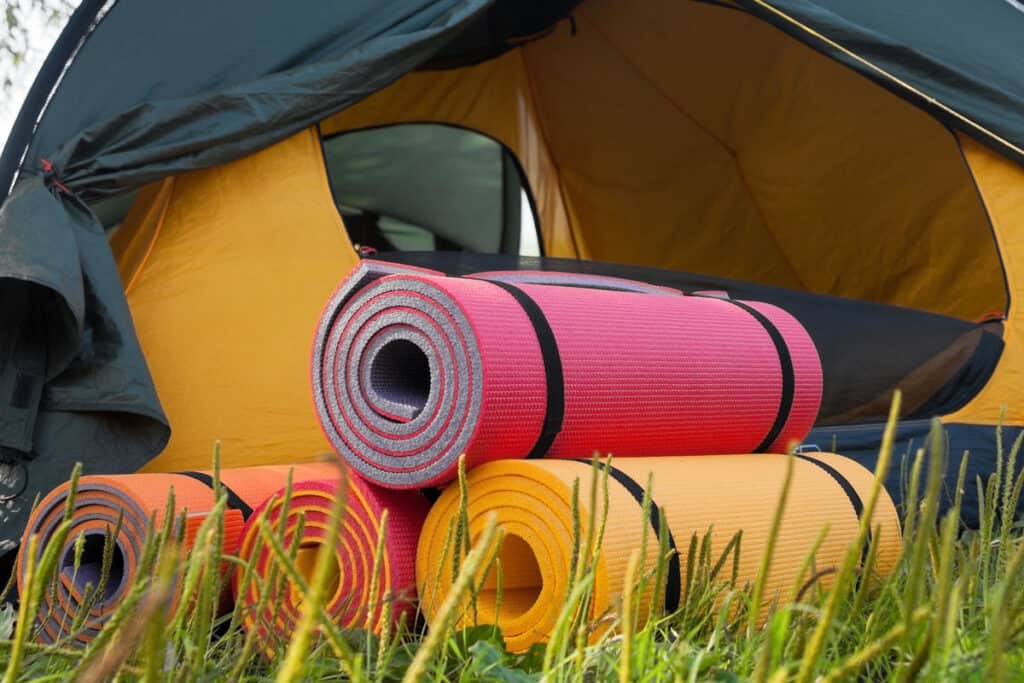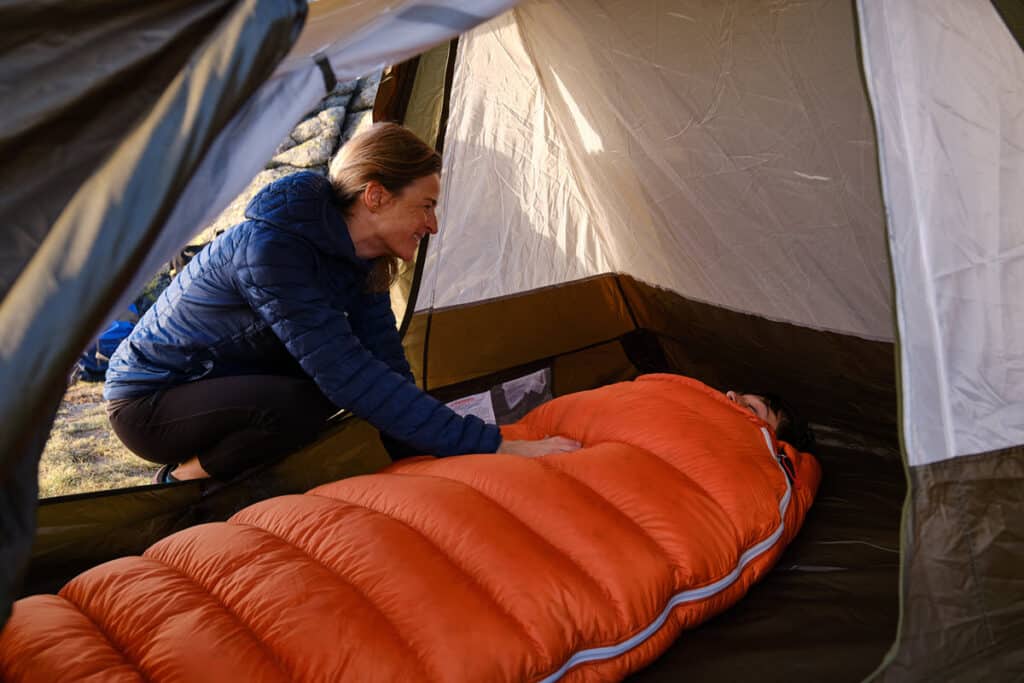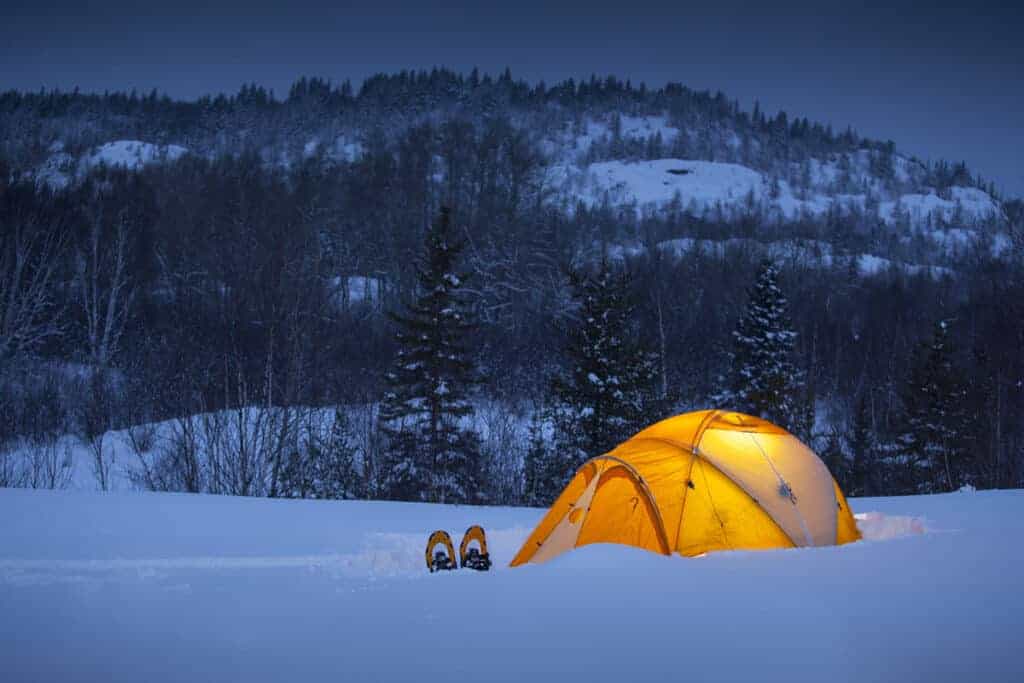Winter camping offers a unique and serene outdoor experience, but it also presents unique challenges. With proper preparation and the right gear, you can safely enjoy the beauty of snow-covered landscapes and crisp winter air. This comprehensive guide will walk you through everything you need to know for a successful winter camping trip.
Choosing the Right Campsite
Selecting an appropriate campsite is crucial for winter camping. Look for:
- Sheltered locations to protect from wind.
- Areas with low avalanche risk.
- Spots with good sun exposure for daytime warmth.

Essential Winter Camping Gear
Shelter
A four-season tent is ideal for winter conditions. For the adventurous, snow-specific shelters like quinzhees or snow caves can be an option. Don’t forget to consider heating options for your tent to stay extra cozy.
Sleeping System
Invest in a cold-weather sleeping bag rated for the temperatures you’ll encounter. Choosing the right sleeping bag is crucial for comfort and safety. Pair it with a high R-value sleeping pad for insulation from the cold ground. Consider adding a sleeping bag liner for extra warmth.
Clothing and Layering
Proper layering is key to staying warm in snowy conditions. Start with moisture-wicking base layers, add insulating mid-layers, and top with a waterproof and breathable outer shell. Don’t forget essential accessories like warm hats, gloves, and gaiters. Check out our guide on what clothes to pack for camping for a comprehensive list.
Winter-Specific Equipment
Depending on your location and plans, you might need snowshoes or skis for transportation. If you’re in avalanche-prone areas, carry appropriate safety gear. A snow shovel is essential for campsite preparation.

Staying Warm and Dry
Campsite Setup Techniques
- Create wind barriers using natural features or by building snow walls.
- Properly pitch your tent on a packed snow platform.
- Set up a separate kitchen area away from your sleeping area.
Personal Warmth Strategies
- Do light exercises before bed to generate body heat.
- Use hot water bottles in your sleeping bag.
- Master the art of layering to regulate your body temperature.
Moisture Management
- Ensure proper ventilation in your tent to reduce condensation.
- Change into dry clothes before sleeping.
- Learn techniques for drying wet gear in cold conditions.
Winter Camping Nutrition and Hydration
Winter camping requires more calories to keep your body warm. Plan high-energy meals and snacks. Check our camping food list for ideas, and don’t forget to adapt it for cold weather. Staying hydrated is crucial, even when you don’t feel thirsty. Learn techniques for melting snow safely for drinking water.
Winter-Specific Camping Skills
- Practice fire starting in cold and wet conditions before your trip.
- Learn navigation techniques for snow-covered terrain.
- Understand how to read winter weather patterns.
Safety Considerations
- Know the signs of hypothermia and frostbite and how to prevent them.
- Learn how to build an emergency snow shelter.
- Carry reliable communication devices and have a backup plan.

Leave No Trace in Winter
Practice Leave No Trace principles, adapting them for winter conditions. This includes proper waste disposal and minimizing impact on snow-covered vegetation.
Planning Your First Winter Camping Trip
Start with shorter trips in mild winter conditions and gradually progress to more challenging environments. Always check weather forecasts and local conditions before heading out.
Winter camping can be a rewarding experience that allows you to enjoy nature in its most serene state. With proper preparation, the right gear, and respect for the environment, you can create unforgettable memories in the winter wilderness. Stay safe, stay warm, and enjoy the unique beauty of winter camping!

Leave a Reply